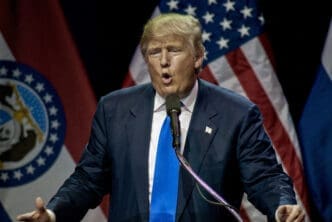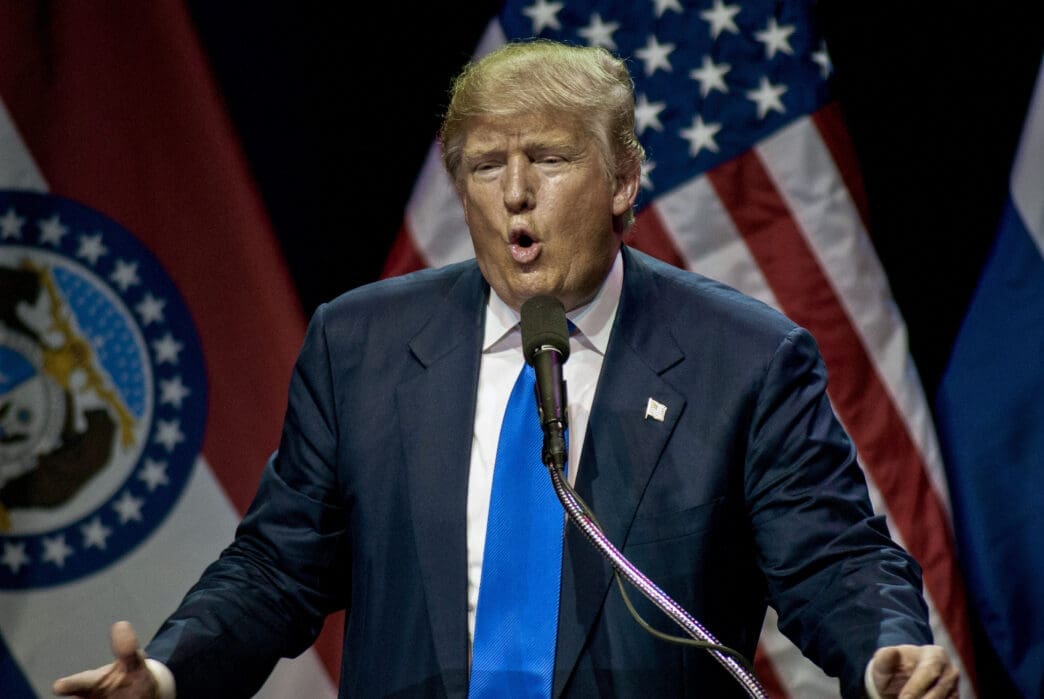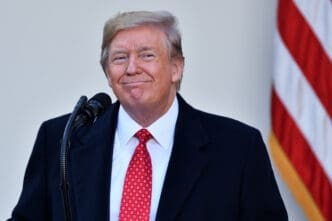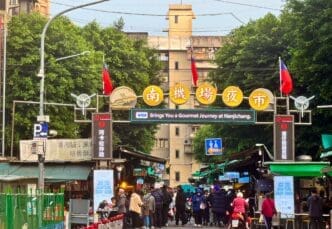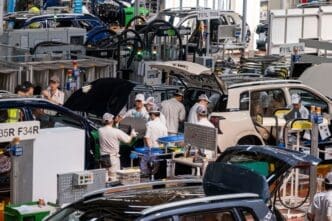Executive Summary
The Story So Far
Why This Matters
Who Thinks What?
World leaders convened in Kuala Lumpur, Malaysia, on Monday to deliberate on strengthening economic and trade relationships, as U.S. President Donald Trump concluded his regional tour and left a summit of Southeast Asian nations. Discussions unfolded under the looming shadow of U.S. tariffs, with a particular focus on solidifying economic partnerships and advancing trade pacts. The China-backed Regional Comprehensive Economic Partnership (RCEP) summit headlined the day’s events, aiming to create the world’s largest trading bloc.
President Trump’s Departure and U.S. Stance
President Trump departed the summit to continue his Asia tour, having overseen the signing of an expanded ceasefire pact between Cambodia and Thailand, along with four regional trade deals on Sunday. Despite these agreements, the White House noted that none reduced steep U.S. tariffs on Cambodia, Malaysia, Thailand, and Vietnam, though some exemptions remain possible.
Trump affirmed the U.S. commitment to Southeast Asian nations, stating, “Our message to the nations of Southeast Asia is that the United States is with you 100% and we intend to be a strong partner for many generations.” This occurred on a day when U.S. and Chinese negotiators reportedly agreed to a tariff pause in their ongoing trade dispute.
China’s Economic Diplomacy and RCEP
Following Trump’s departure with Secretary of State Marco Rubio for Japan, top officials from China, alongside leaders from Brazil, Canada, the European Council, and the 11-strong ASEAN bloc, focused on economic partnerships. Chinese officials are anticipated to advocate for trade multilateralism and reinforce regional relationships.
The summit of the China-backed Regional Comprehensive Economic Partnership (RCEP), which includes 10 ASEAN members, Australia, Japan, New Zealand, and South Korea, was a central agenda item. This bloc, covering approximately 30% of global gross domestic product, is seen by some analysts as a potential bulwark against U.S. tariffs.
EU Concerns Over China’s Export Controls
European Council President Antonio Costa met with Chinese Premier Li Qiang, expressing significant concerns regarding Beijing’s expansion of export controls on critical raw materials. Costa urged Premier Li to restore “fluid, reliable and predictable supply chains” for these materials.
He also sought China’s assistance in efforts to conclude Russia’s conflict in Ukraine. Rare earth magnets and minerals have been a contentious point in Beijing’s trade relations with Washington, with China leveraging its control over 90% of the global supply.
Brazil’s Trade Deal
Brazilian President Luiz Inacio Lula da Silva reported that his meeting with President Trump on Sunday “guaranteed” a more favorable trade deal. The United States had previously imposed 50% tariffs on Brazilian products, a measure taken in retaliation for the sentencing of former President Jair Bolsonaro.
Lula emphasized Brazil’s economic significance and its position as the largest country in South America during his discussions. The Association of Southeast Asian Nations (ASEAN) groups Brunei, Cambodia, Indonesia, Laos, Malaysia, Myanmar, Philippines, Singapore, Thailand, East Timor, and Vietnam.
Key Takeaways
The Kuala Lumpur summit underscored the complex interplay of global economic interests, with regional trade blocs like RCEP gaining prominence amidst ongoing tariff disputes. While President Trump’s engagements focused on bilateral agreements and U.S. partnerships, other leaders, particularly China and the EU, navigated multilateral trade discussions and critical supply chain issues, highlighting divergent approaches to global economic challenges.

